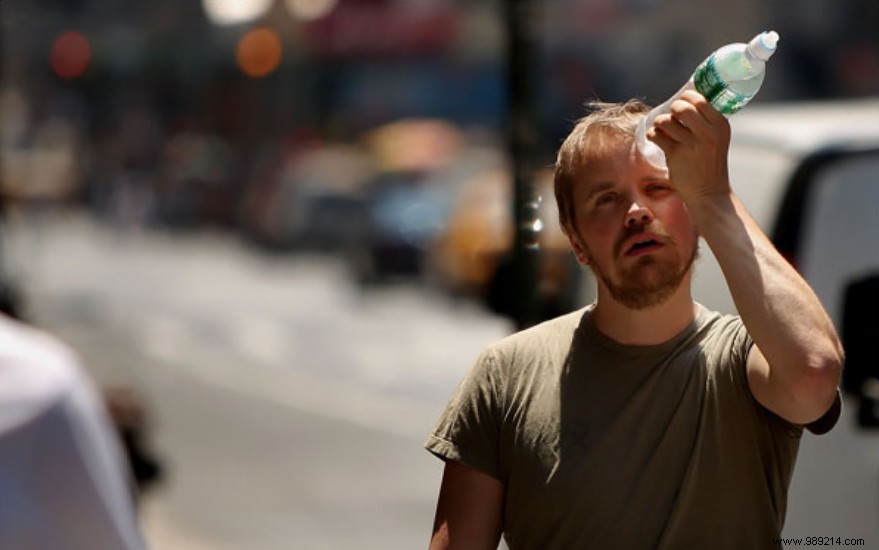A study led by researchers at Duke University (USA) showed that occupations requiring outdoor work will come under increasing pressure due to the increase in temperature and humidity in the hot season. Also, if nothing is done to limit global warming, the costs associated with the loss of labor are likely to become considerable. The results were published in the journal Nature Communications this December 15.
During very hot weather, it can be dangerous to continue outdoor work. In countries highly exposed to this hazard, it has been suggested to reorganize the timetable of professions linked to agriculture, construction and service in order to favor activities during the cooler hours of the day. This measure would make it possible to limit the loss of labor resulting from the drop in efficiency during heat waves.
In a new study, a group of researchers has shown that currently 30% of labor losses worldwide can be avoided using this method of adaptation. However, with global warming, the room for maneuver is rapidly shrinking . Indeed, the cooler hours of the day gradually reach levels of heat and humidity already too high for workers to carry out outdoor efforts safely.

"Unfortunately, many of the countries and those most affected by current and future labor losses are not responsible for the bulk of greenhouse gas emissions notes Luke Parsons, lead author of the paper. "Many workers in the tropics already stop working in the afternoon because it's too hot ". Unsurprisingly, it is the countries of the intertropical zone that are and will be the hardest hit.
Using a meteorological dataset and climate model simulations for different levels of warming, the researchers estimated that for each additional degree of warming, the potential for adaptation fell by 2%. In economic terms, this means that if the average temperature of the globe were to increase by an additional 2°C, the resulting losses would reach more than a trillion dollars per year . This is precisely the path we are taking.
“Our analysis shows that if we limit warming to 1°C above current levels, we can still avoid most worker productivity losses by moving the heaviest work in the early hours of the morning. However, if the warming exceeds 1°C, it becomes much more difficult explains Luke Parsons. In this case, alternative means of adaptation will have to be considered. "It's a drifting curve, it gets exponentially worse as the temperature increases .